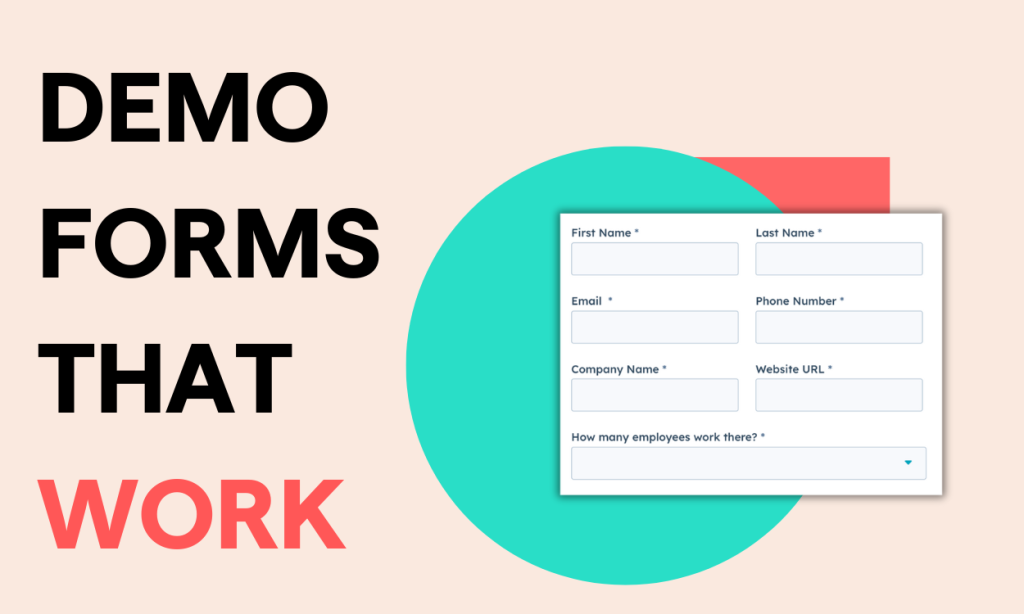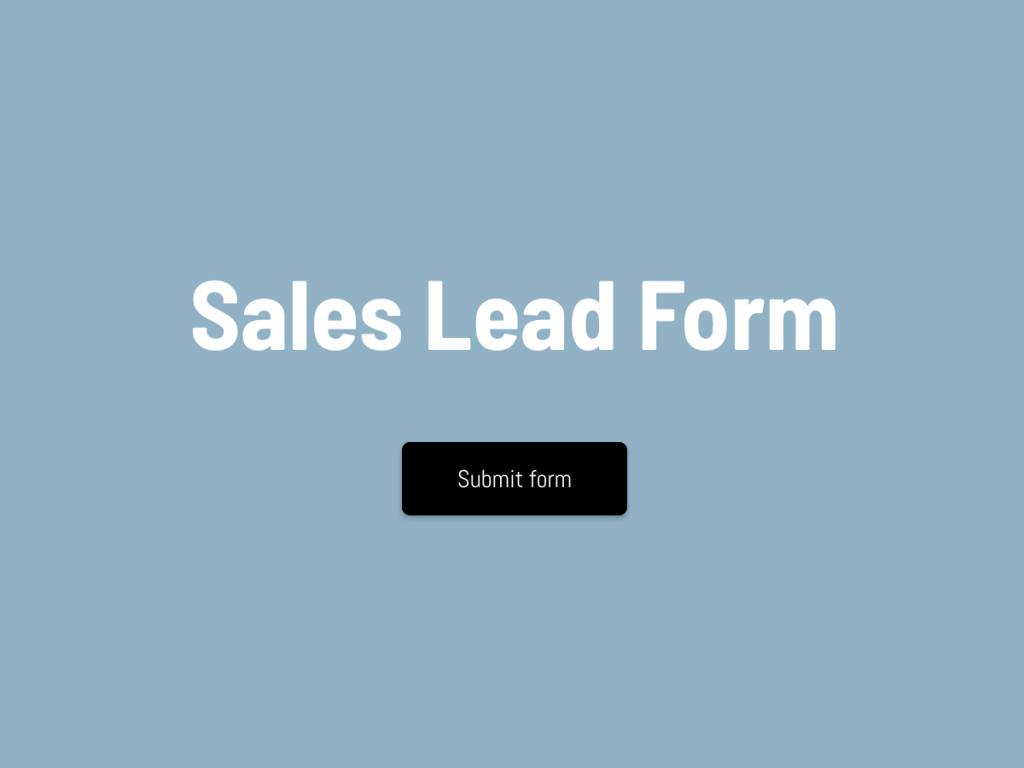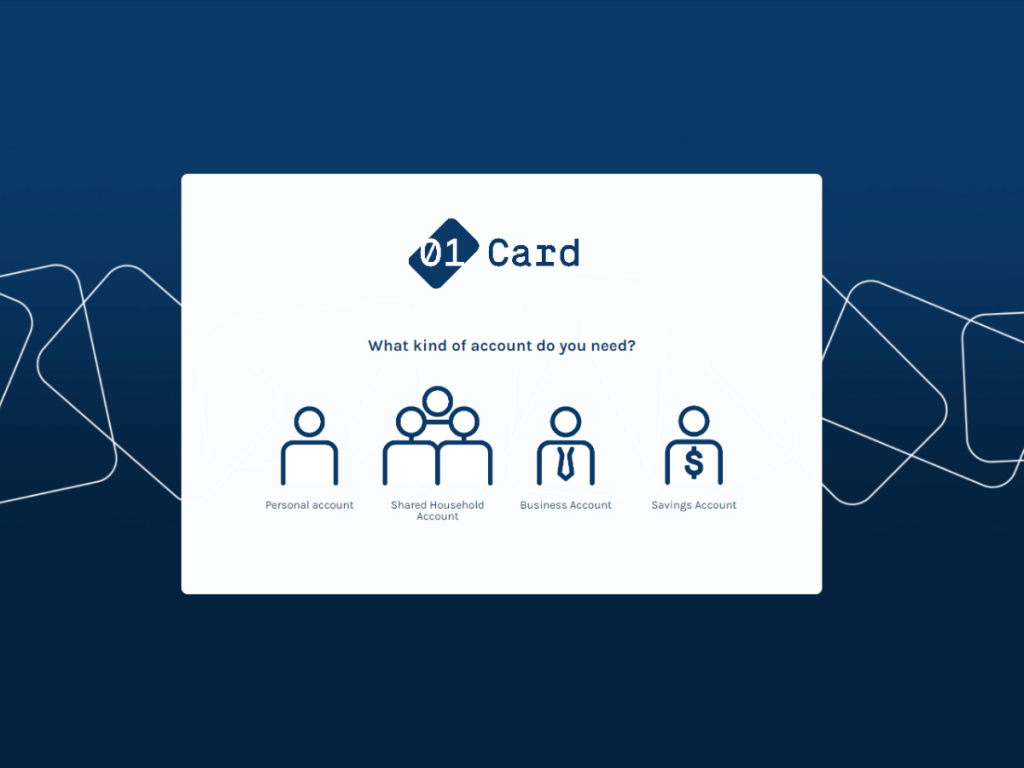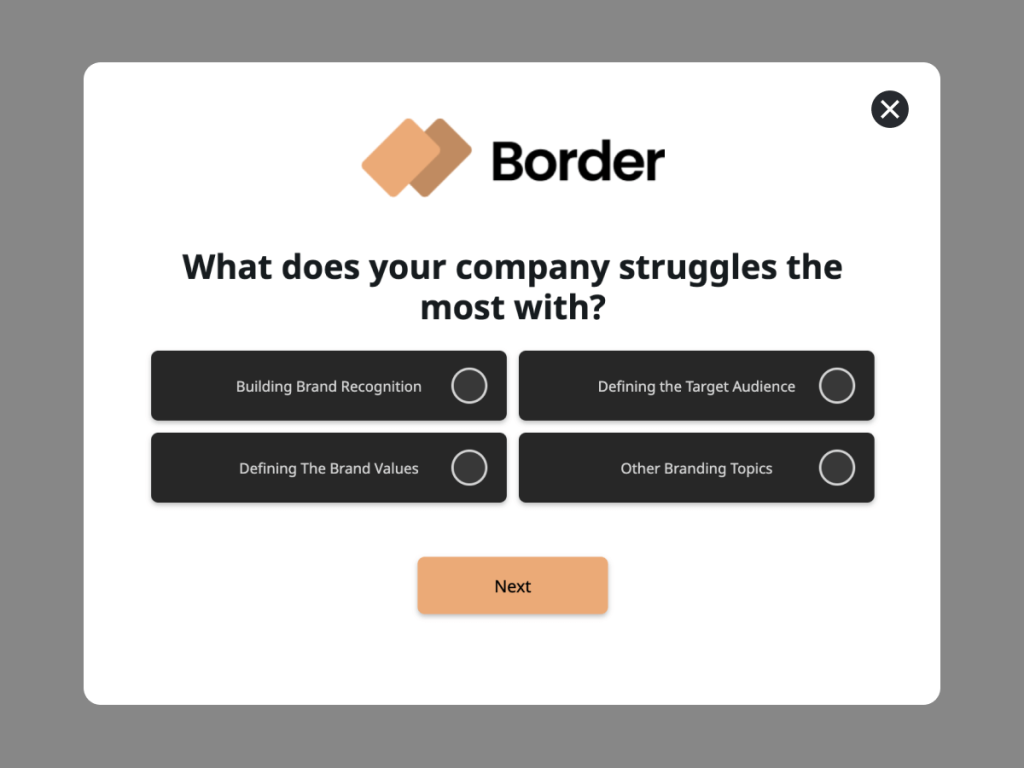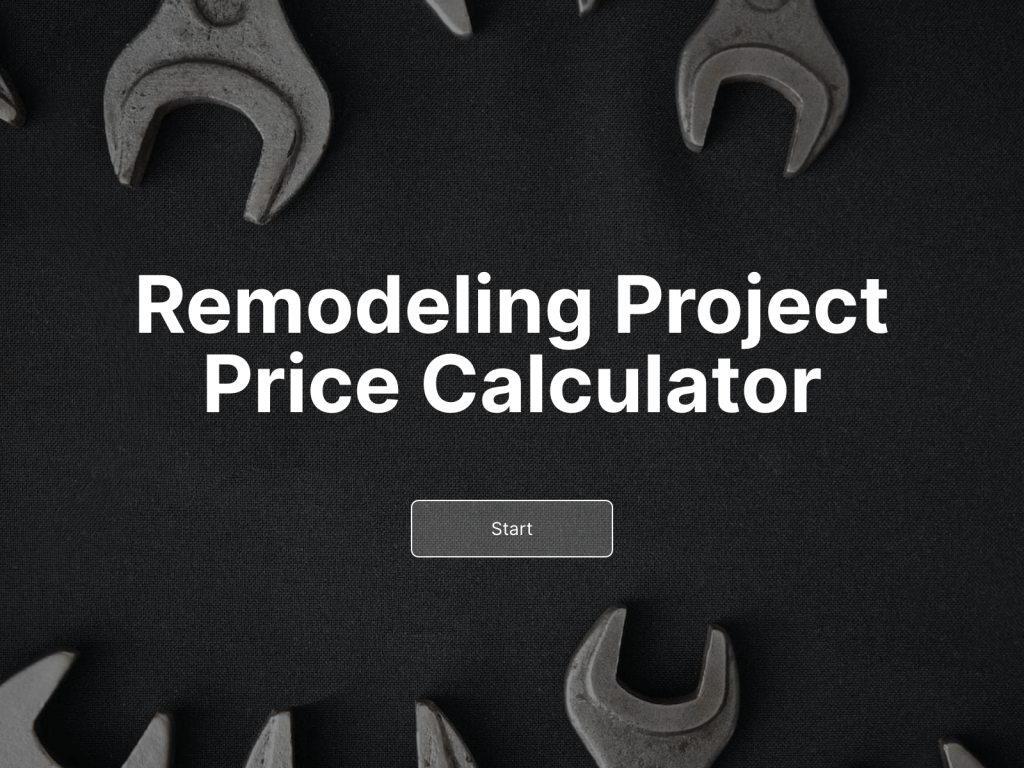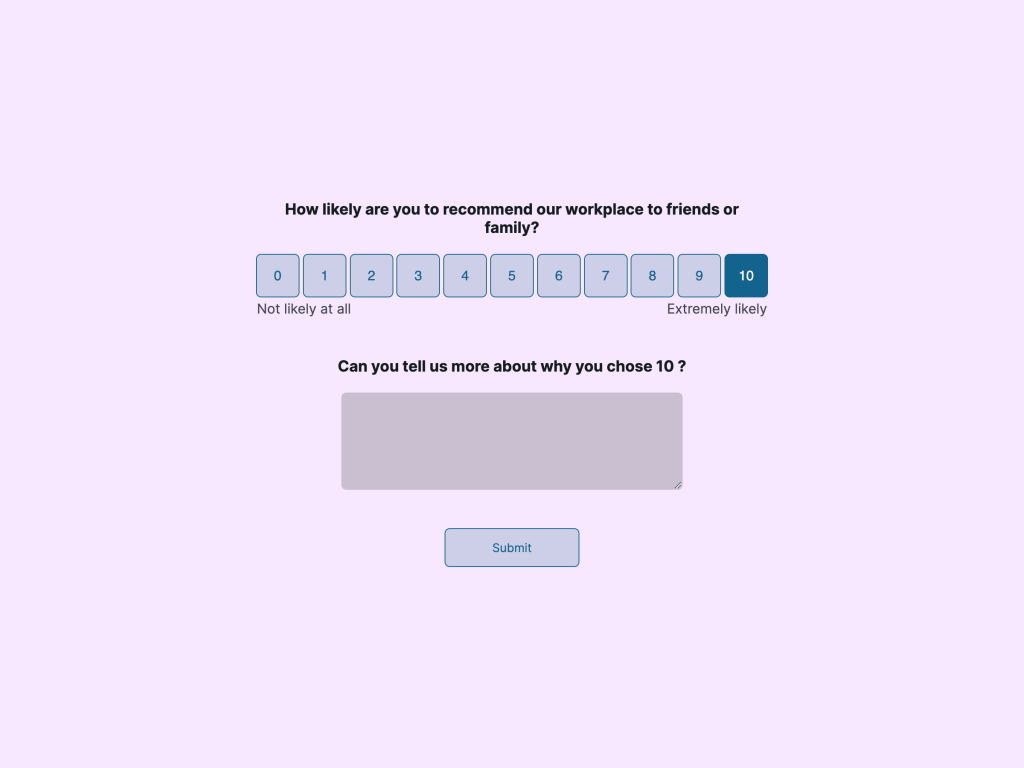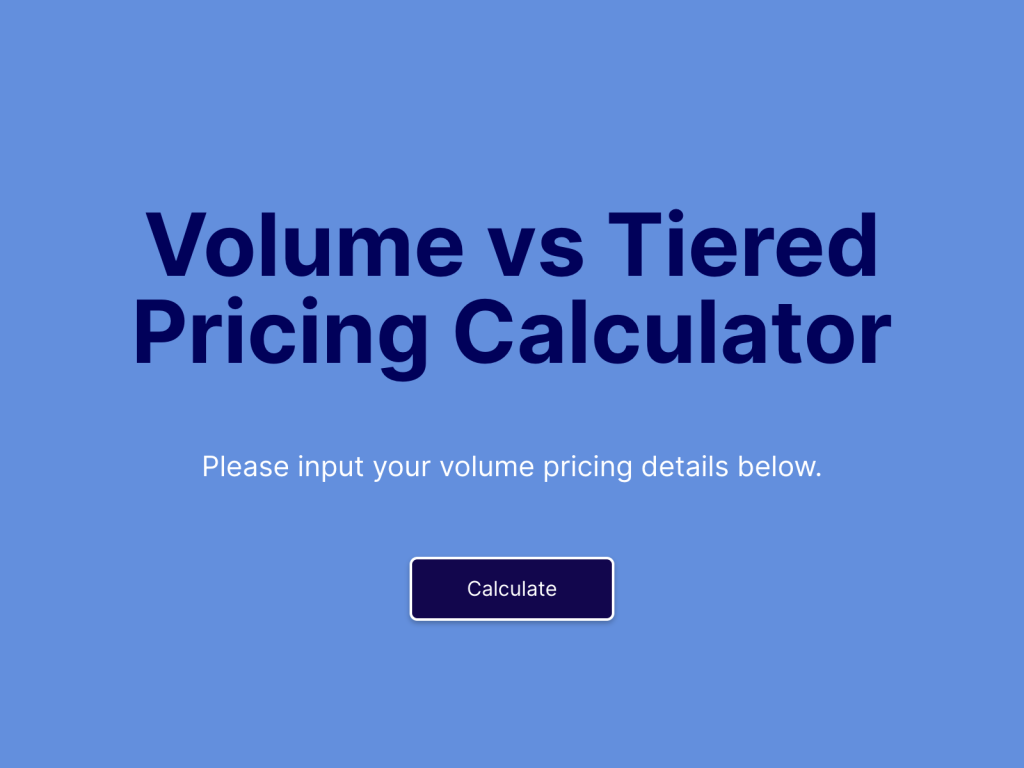A carefully made B2B demo form can make a big difference. It's all about creating one that really speaks to your potential customers, putting it in the right spot, and using data to make it even better over time.
In this piece, we'll show you how to create a demo form, embed it into your website, and measure its effectiveness.
Create a B2B Demo Form [Step-by-step Guide]
First, let's delve into the "how" of crafting an impactful B2B demo form.
We won't rely on CMS forms as they can be very limiting, and instead, we'll use the form builder - involve.me.
With it, you can effortlessly design an embeddable form and integrate it with your CRM and email marketing tools. Follow these simple steps to create your custom form—an ideal solution for marketers and sales team without coding skills:
Step 1: Sign Up
Start by signing in to your involve.me account or signing up if you're new to the platform. Many basic features are available on a free plan, so you can create the online form without any extra costs.
Step 2: Choose a Template
involve.me offers a variety of form templates that you can customize to your liking. Select one that aligns with your brand and purpose. You can also create multiple or single step form from scratch by choosing the option 'New Project' [Project Type: Thank You page]
Create Your Own Form
Start with a customisable template
Sales Lead Form Template
Financial Customer Support Template
Appointment Funnel Template
Event Registration Template
Newsletter Sign-up Form for Online News Template
Giveaway Form for Marketing Agencies Template
Step 3: Customize the Form
Whether you choose a template or work with a completely empty canvas, find the content elements on your right and drag and drop them into the canvas.
Below you'll find an example of a demo request form I created with involve.me. It has 7 pages, which might not be ideal, but I want to demonstrate the various form fields/ ways you can ask questions in your demo form.
Content elements I used in my B2B demo form:
✅ Image Choice
✅ Dropdown
✅ Slider (perfect for asking about company size, budget, project timing)
✅ Text Answer
✅ Schedule Appointments (I used Calendly, but you can use involve.me element, other appointment tools or ask for the lead's email address and follow up later, but this might prolong your sales process)
Pro Tip: Personalize the demo to enhance the chances of a sale. Gather some information from potential leads beforehand. You can either include an open field where potential leads can send you a message or use interactive elements, as shown in the example below.
Step 4: Integrate Your Demo Form With CRM
Streamline your workflow by seamlessly integrating your involve.me demo form with your CRM. Follow these simple steps to ensure that all your qualified leads are automatically captured and managed in one place.
You can also connect various email marketing tools, as well as Notion, Google Sheets, Airtable, and others for transferring and storing data. Find a list of available integrations here.
Step 5: Send Custom Email to Potential Customers
Depending on your business type, you might want to set up automation to deliver demo scheduling links or downloadable resources instantly upon form submission.
To do that, go to 'Configure' --> 'Email'--> 'Email notifications'. Then, activate the option that says "Send custom email to participants."
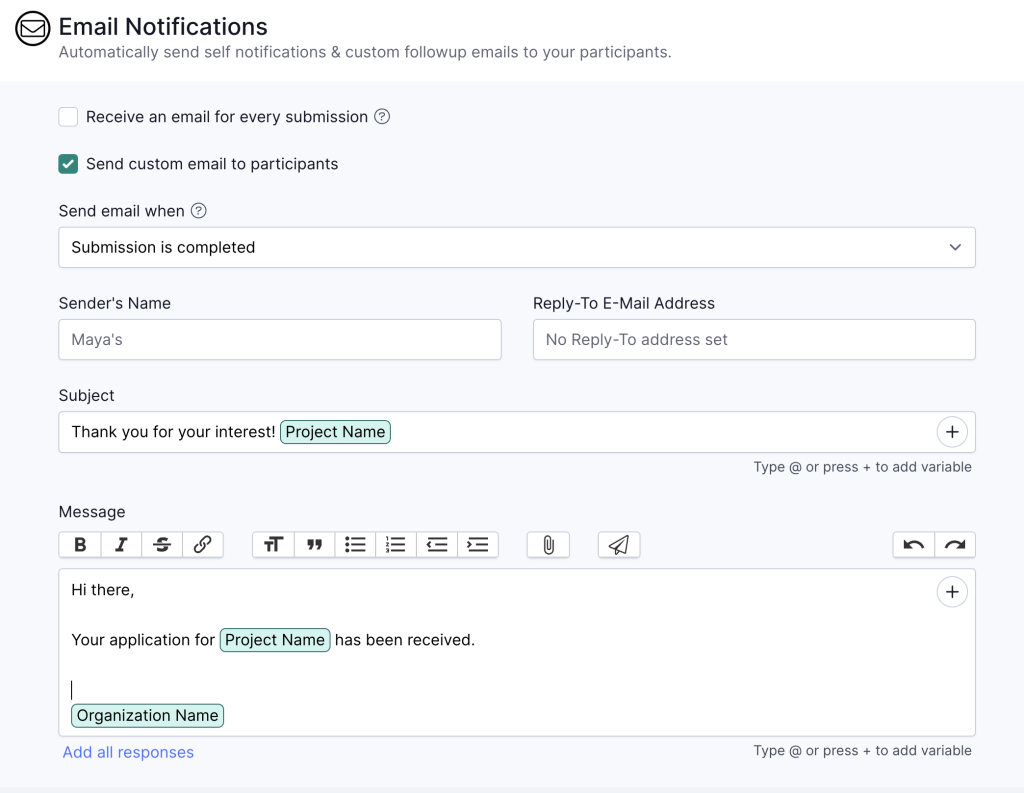
Find the Right Spot for Your Demo Form
Let's begin with the "where" and "how" of placing your B2B demo form. Strategic placement can either make or break its effectiveness.
Tailored Call-to-Action (CTA)
Feature a prominent "Request a Demo" button in the hero section of your homepage. This is one of the first things visitors see when they land on your site.
Here's how HubSpot does it:
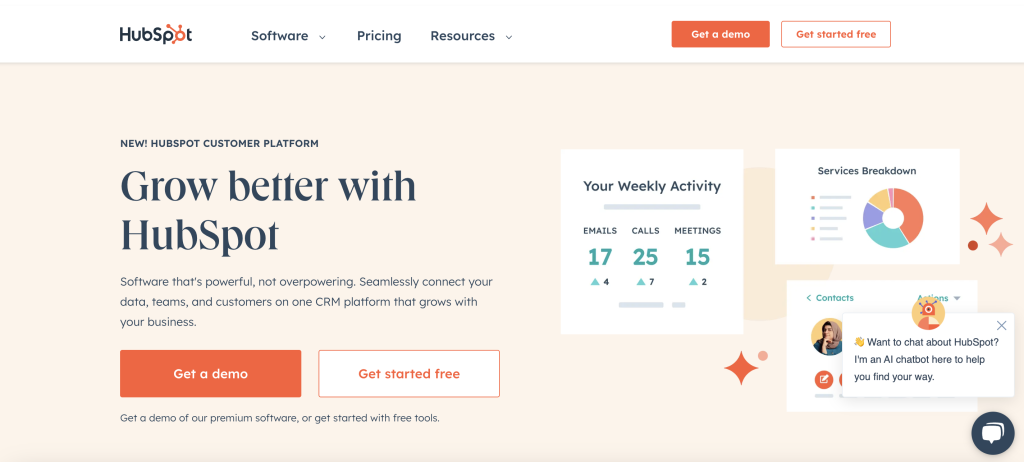
Product or Service Pages
Embed a 'request a demo' on each product or service page. Make it easy for visitors to request a demo specific to the product they're interested in. You can embed your involve.me online form right into your website.
Exit-Intent Pop-ups
Implement exit-intent pop-ups that appear when a user is about to leave your website. Use a compelling message and CTA to encourage them to request a demo before exiting. It's possible to create an exit-intent pop-up with involve.me!
Live Chat Integration
Integrate a live chat feature on your website, and have your chat agents offer the option to request a demo during conversations. You can also add that feature in your application by using a chat api integration.
Here's an example from a B2B software company:
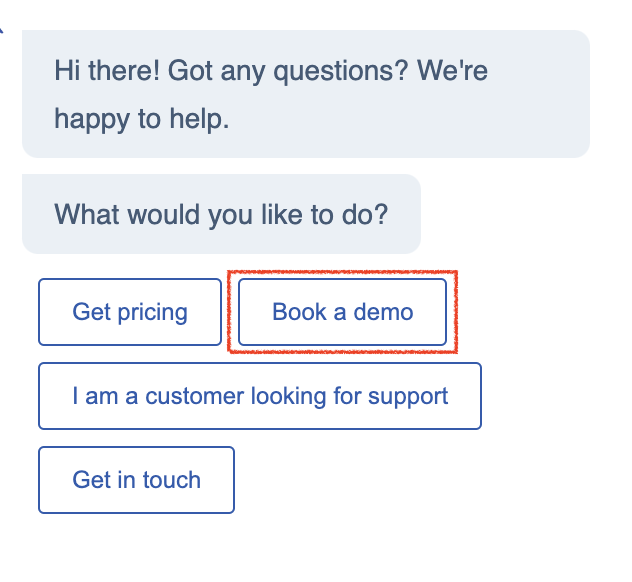
Blog Posts
Add inline CTAs within your blog posts and informative content. For example, if you're discussing a problem your software solves, embed a request a demo.
Case Studies and Testimonials
Place "Request a Demo" CTAs near case studies or testimonials showcasing the success stories of businesses that have benefited from your software.
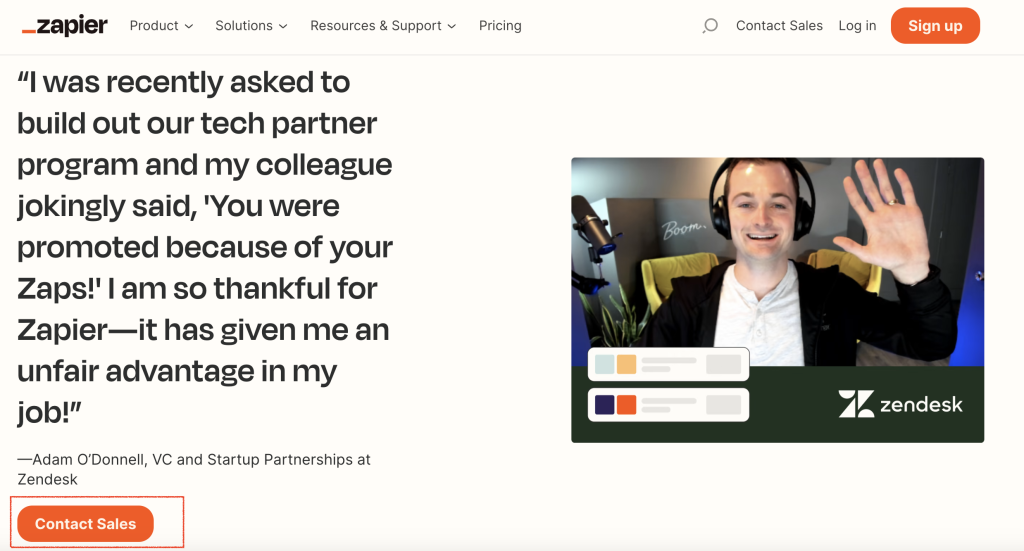
Thank-You Pages
After visitors download a whitepaper or sign up for a newsletter, redirect them to a thank-you page that promotes requesting a demo.
Measure the Effectiveness of Your B2B Demo Form
The simplest way to evaluate your form's effectiveness is by examining the conversion numbers (visitors into leads stats, duh!). However, there're other valuable insights that can help you optimize your generation process:
1. Number of Drop-offs
If you add additional questions to your demo form, check the number of potential customers who started filling out the contact form but failed to finish it.
In involve.me, you can see completion rates, drop-offs, and user behavior to identify areas for improvement.
2. Quality of Contacts
You don't want to waste your time on leads who fall outside your Ideal Customer Profile and who don't attend the demo. To achieve this, request only business email addresses and ask additional questions to ensure you are engaging with a potential buyer.
Pro Tip: Inside of involve.me, you can request business email addresses and prevent disposable emails. This will help you maintain a list of potential clients free from bots.
3. Conversion Rate Tracking
Measure the ratio of contact form submissions to overall visitors. This straightforward metric reveals the performance of your form. It's possible that your demo form is placed in top-of-funnel content, which may not convert well because these visitors are not yet ready to see product demos.
4. Conversion Source Analysis
Identify which channels are driving the most form submissions. This will help you allocate your resources effectively. It's possible that some feature pages successfully convert visitors into leads, while others do not. Investigate to determine which landing pages require optimization for both SEO and attracting prospective customers.
The Final Words
Your product demo form can always be even better.
In addition to key elements like email address and job title, consider asking more in-depth questions to check the level of commitment from your leads regarding the purchase. To do that, use the combination of form fields like presented in the example above.
Consider starting with a template if you can't decide on contact form design:
